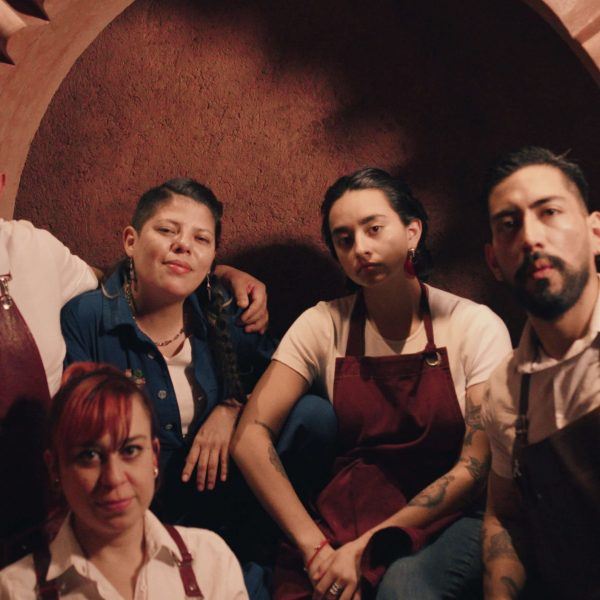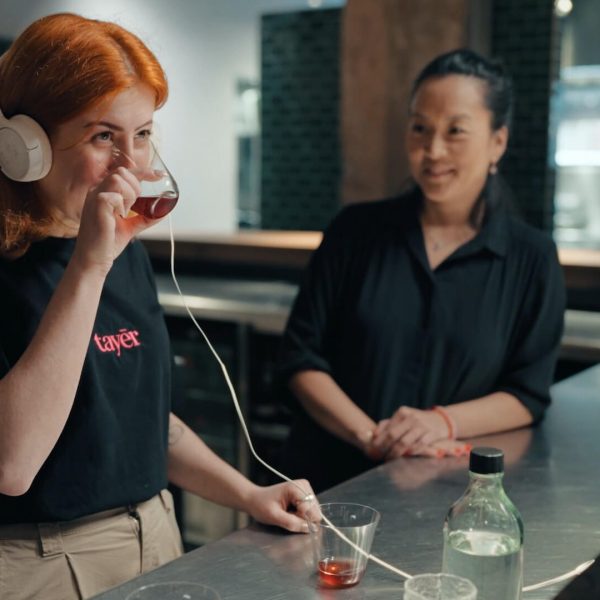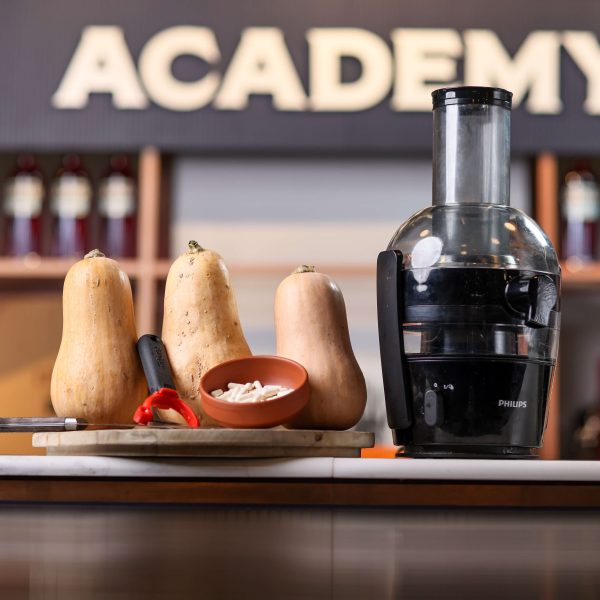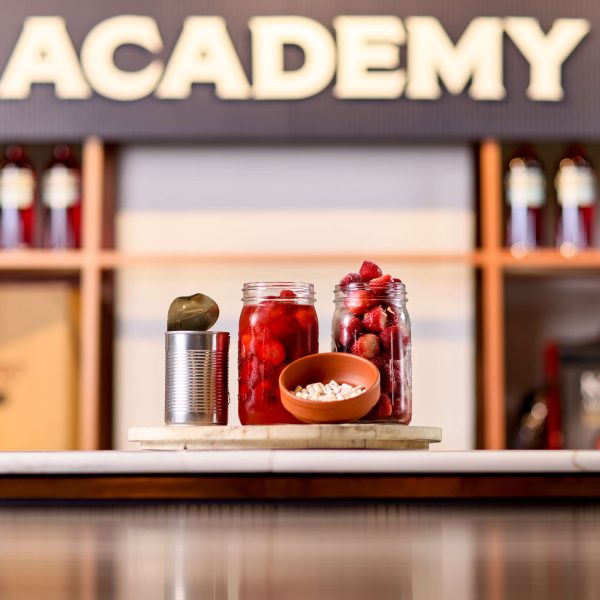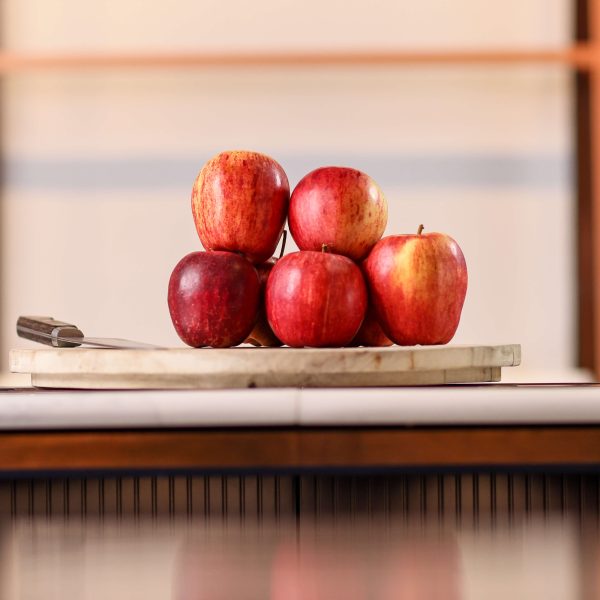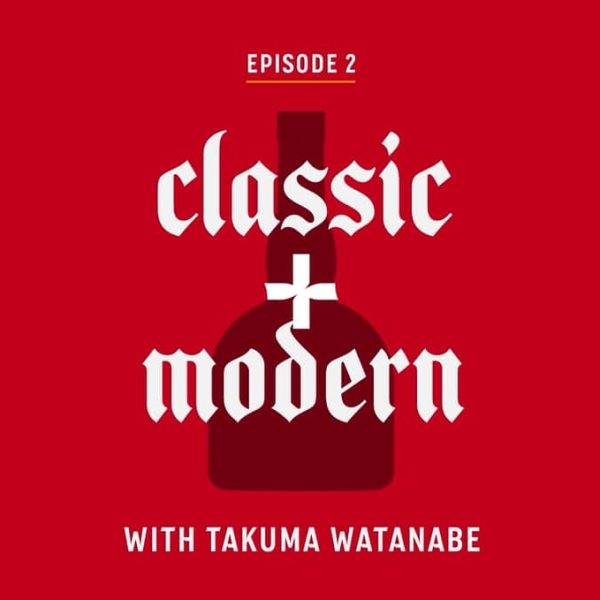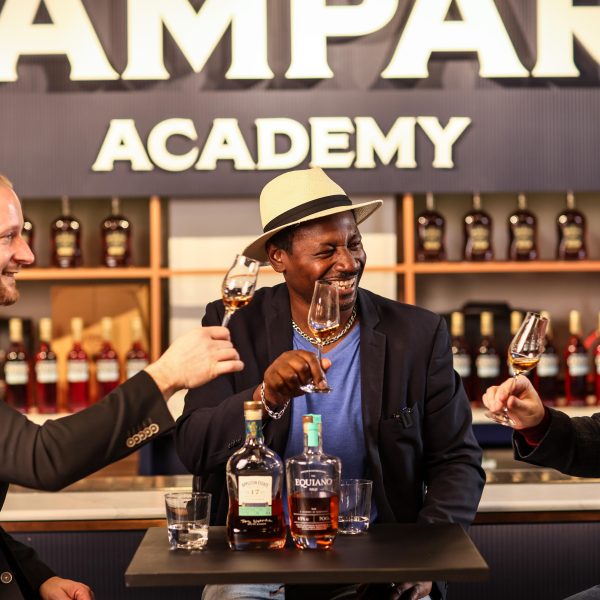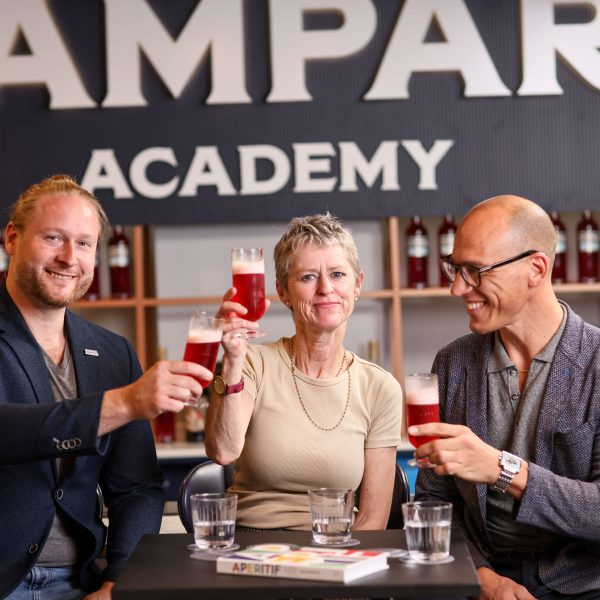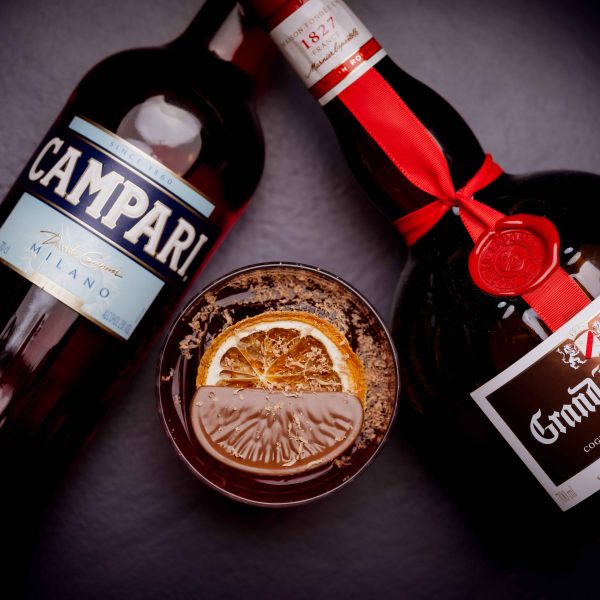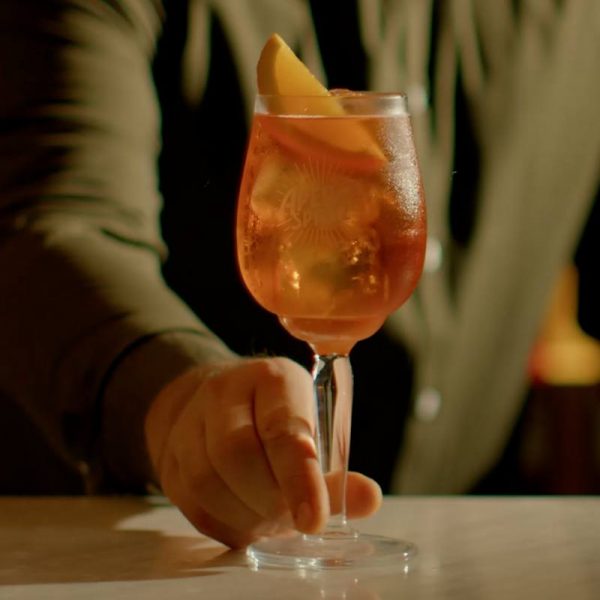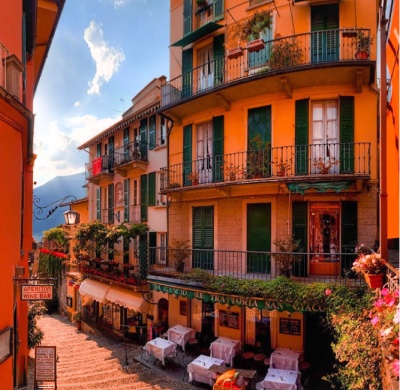Discover the Classic Taste of Bitters

Any conversation about Campari should begin with Bitters. But to properly explain them, we must talk a little about the science of taste. As you may know, there are five taste perceptions: Sweet, Sour, Salty, Umami and Bitter. Each has its own receptors on the tongue. Bitter is triggered at the base and sides although like many things, it is also a matter of personal taste. In our world, Bitters are (an) alcoholic preparations – made from botanicals, specially selected to produce a typical bitter, or bitter-sweet taste. It can take some time to understand and appreciate them. So guide your consumer carefully – educate their palate in stages, beginning with mild bitterness, an Aperol Spritz for instance; perhaps moving to an Americano, before finally introducing them to the complex, intriguing bitterness of a Negroni.
Bartender: There are three types of bitters you need to be familiar with. First, the Aromatic Bitters –These are bitter flavouring agents and they are very concentrated: …we use them in dashes or even just a drop to bring an aroma and a complexity to the cocktail.
Second are the Aperitif Bitters – such as Campari or Aperol. These liqueurs are characterized by a bitter, or bitter-sweet taste, they are best consumed before a meal – to open up and enhance the appetite. Their colour is typically a stimulating red or orange, and their alcohol volume can be lower than other liqueurs. And thirdly, we have the Amari liqueurs: they are usually darker, richer in color, and higher in alcohol volume – so best consumed after a meal.
Bitters have a fascinating history. Their origins, and the culture of consumption, extends back 9000 years. Our story begins In China, 7000 BCE, with a fermented rice wine infused with two types of artemisia and other botanicals. It is thought this traditional preparation later travelled the silk road to influence western culture. By Roman times, the ‘vinum gustaticium’ – an appetiser wine sweetened with honey and infused with spices – had become a ritual start to a meal. Then in the Middle Ages, botanical preparations developed rapidly, as European monks experimented with new ingredients to create elixirs, health tonics and potions. With the crusades, they learned distillation from the Arabs; bringing a new level of expertise to their preparations. It was during the Renaissance that the early liqueur craftsmanship had spread out from Italy. When Italian noblewoman Caterina de Medici married the King of France, she introduced Italian liqueurs and rituals to the French court. And by the late 1700’s, the rules of Aperitivo were beginning to be formalised starting with the creation of Vermouth, and fishing less than a century later, with the original Bitter Campari. At the same time, botanical preparations were also evolving across the Atlantic, in the USA from medicinal use – to essential ingredient in the newborn world of cocktails, the Aromatic Bitters.
To understand Campari or Aperol as products we must take a step back and deep dive in the production of Bitters. In the simplest sense, to produce any type of Bitters, you are capturing the aroma of a mix of botanicals in a liquid. But the rich, global history of this process has given us a diverse set of methods:
Maceration: this is a cold extraction in a solution of high alcohol volume – between 40 and 95 per cent. The temperature must be no more than 35 degrees C.
Digestion – is a warmer extraction (between 40 and 60 degrees C). We use this method for tough botanicals such as wood, bark and roots, using a solution with low Alcohol volume.
Infusion: the method is similar to digestion, the solvent is hotter which speeds up the process.
Decoction is very much the same process but at a temperature close to the boiling point – like brewing tea or coffee.
Percolation is quite a different technique. We pour our alcohol solution over layers of botanicals – and like spring water filtering through rock, the solution takes on takes on their character.
And finally, Distillation. We use this method when we want to capture our aroma as ‘cleanly’ as possible by repeatedly evaporating and condensing the botanical solution; leaving a clear, colourless, extract.





